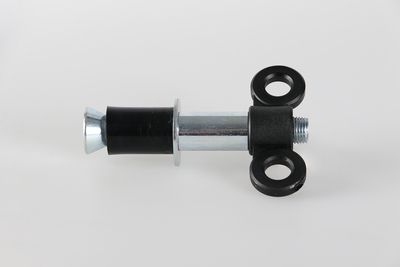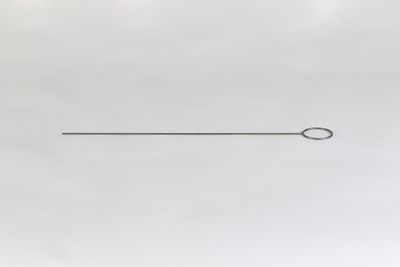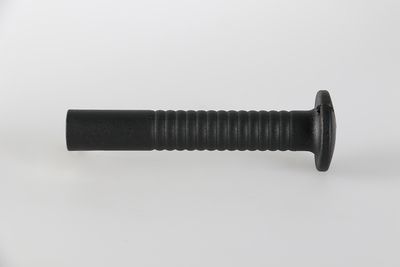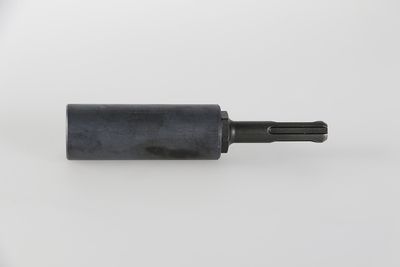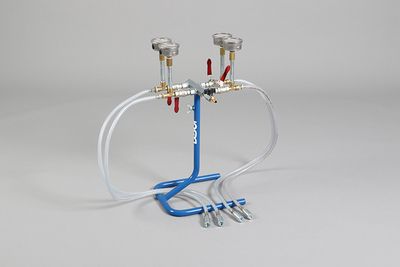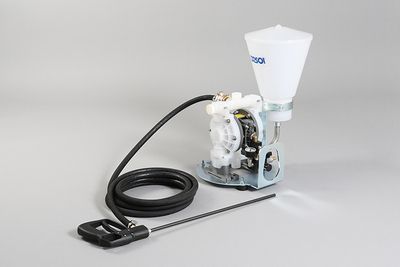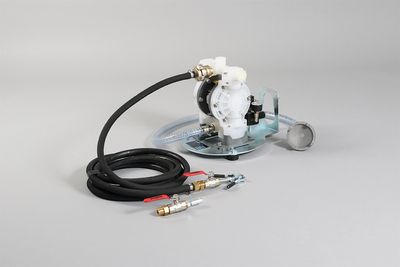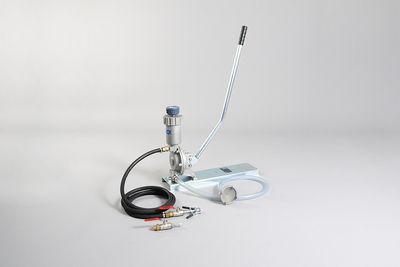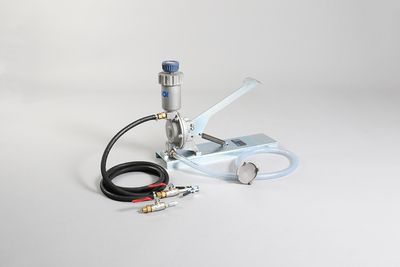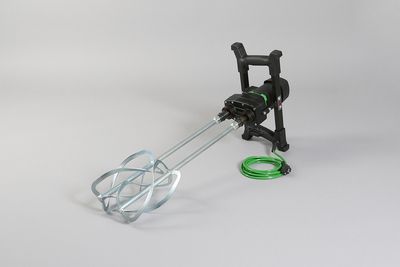Deutsch | German
- English
- Australia
- Český | Czech
- Dansk | Danish
- Deutsch | German
- Español | Spanish
- Français | French
- Hrvatski | Croatia
- Italiano | Italian
- Latvijas | Latvian
- Lietuvos | Lithuanian
- Magyar | Hungarian
- Nederlands | Dutch
- Norsk | Norwegian
- Polski | Polish
- Português | Portuguese
- Românesc | Romanian
- Slovenski | Slovenian
- Suomalainen | Finnish
- Svenska | Swedish
- Ελληνικά | Greek
- Български | Bulgarian
- Русский | Russian





